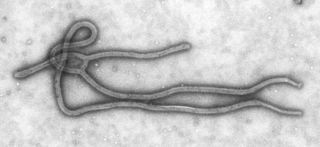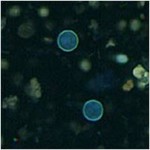
In the contest to get a creative name, few pathogens have done worse than hepatitis C. In the 1970s there were two known viruses that caused hepatitis – liver inflammation. You might have already guessed that these two viruses were called hepatitis A and hepatitis B. It was known at that time that people sometimes developed hepatitis after blood transfusions and that the majority of those patients tested negative for hepatitis A and B. A new pathogen was hypothesized and called non-A-non-B h...
More









